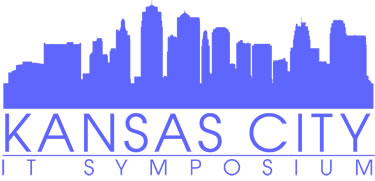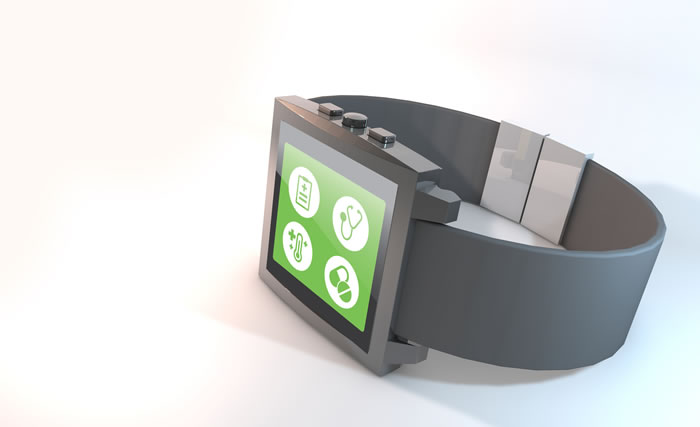Both sides of the health technology debate
In our last article, we talked about what to watch for in the way of wearable technology this year. Now we’ll discuss how this innovative form of technology can be used to promote a healthier population. We all know that health insurance payers give out incentives to providers for healthy patients; to obtain these incentives, healthcare providers must gather more data, communicate more effectively with their patients, and get them engaged in managing their own health. Why not use technology to automatically gather this data and send it back to the patient’s medical record? This method ensures accuracy, efficiency, timeliness, and accountability — things that can be sorely lacking in today’s healthcare management system. Wearables and your health intersect at awareness and healthy lifestyle planning.
The use of wearables, once a practice driven solely by individuals hopping on the “cool” factor of a FitBit, is now moving into the realm of employer- driven incentive as part of their health and wellness programs. Research has calculated a clear ROI on those who use wearables vs. those who do not. In fact, as part of a study conducted by Springbuk, employees using wearable technology cost $1,000 less on average for a company than those who didn’t.
Undoubtedly, wearables are ideal for tracking and monitoring ongoing health and daily fitness activities. In fact, many companies are already boasting they can achieve this (you may have heard about Apple’s recent announcement of a patent for a device that can gather and process electrocardiographic measurements; or perhaps you’ve heard of wearable pregnancy trackers).
Wearable devices, along with mobile health apps, have made health data collection extremely convenient because they integrate with patients’ daily activities and reflect that activity in a quantifiable way. The information that can be collected from patients can play a critical role in how the world of medical advancement will look in the future, with wearables allowing both patients and care givers to measure a variety of indicators and generate feedback on anything from everyday health to specific markers for disease.
This can also aid in medical research; in effect, future generations can benefit from information gathered directly from users today. Healthcare professionals can gain insight into how diseases progress, which treatments are effective, how symptoms improve with certain treatments, etc. The availability and capability of the data that can be collected is mind numbing if you stop to think about it all.
Bridging the Gap
However, just because the technology is here doesn’t mean there aren’t other issues or obstacles that can stonewall the real-world integration of these technologies to the Electronic Health Record, such as:
- Device weight
- Cost
- Security issues
- Privacy concerns
- Validity
- Reliability
- Regulations
- Vendor bureaucracy
In addition to all that, there are ethical, legal, and social implications that make many healthcare professionals a bit reluctant to welcome wearable data into the electronic medical record, points out Forbes. Of course, there is always the possibility that a physician could be sued, for example, if a patient’s exercise pattern changed over time and the doctor failed to address it. Other concerns doctors may have include: How accurate is the wearable on any given day? What if there is a malfunction? What will each doctor do with the mountains of health information received? Is there a quantifiable way to document it all and make sense of it? Will this add to a workload that is already over stressed?
As you can see, many things still stand in the way of achieving a seamless connection between wearables and integration into patient records. It’s starting, though. With 274 million wearable electronic devices sold worldwide in 2016 alone, there’s no stopping the evolution of a simple fitness tracker into something much more helpful and potentially life saving. Novant Health, for instance, led the way in 2015 when it introduced its electronic patient portal, MyChart, so patients could share data from their fitness tracker with their doctors. This form of patient engagement represents the future of wearable technology integration.
Bringing Wearables into the Main Stream Health Community
With so many questions as to the security, accuracy and regulation of wearable technology and patient records, is it possible to develop standards for what data can be used and validated? Yes. The technology is there, it just has to be paired with policies that will protect patients’ rights. Once this happens, though, we can make wearables mainstream to help improve our populations’ chronic diseases. Looking ahead to what’s on the horizon, it’s certainly possible that such wearables can take this all one step further and alert or prevent the consumer from making unhealthy choices during the day. Hey, if Amazon and Maytag can automatically tell you when you are low on a product or an appliance needs service, certainly we can make this commonplace with our wearables. This is were wearables and your health intersect!
 Brian Thomas participated and spoke as a panelist on the session with key note speaker, Peter High on “The Path to CIO – How to Go From Where You Are to Where You Want to Be” at the Kansas City IT Symposium in 2017. Brian shared his real-world experience on growing his career by building his brand through social media, speaking events, mentoring junior leaders, and volunteering for boards.
Brian Thomas participated and spoke as a panelist on the session with key note speaker, Peter High on “The Path to CIO – How to Go From Where You Are to Where You Want to Be” at the Kansas City IT Symposium in 2017. Brian shared his real-world experience on growing his career by building his brand through social media, speaking events, mentoring junior leaders, and volunteering for boards.

